The way of nonviolence: A quest
I grew up on a farm in a peaceful Mennonite community in Indiana, USA. My parents and my church taught me to love my enemies and to turn the other cheek if someone struck me. This was my world.
Today, as a social anthropologist, I wonder: is nonviolence viable? If so, is it sustainable in the larger society?
Jonathan Bornman
Host, Unexpected Peace
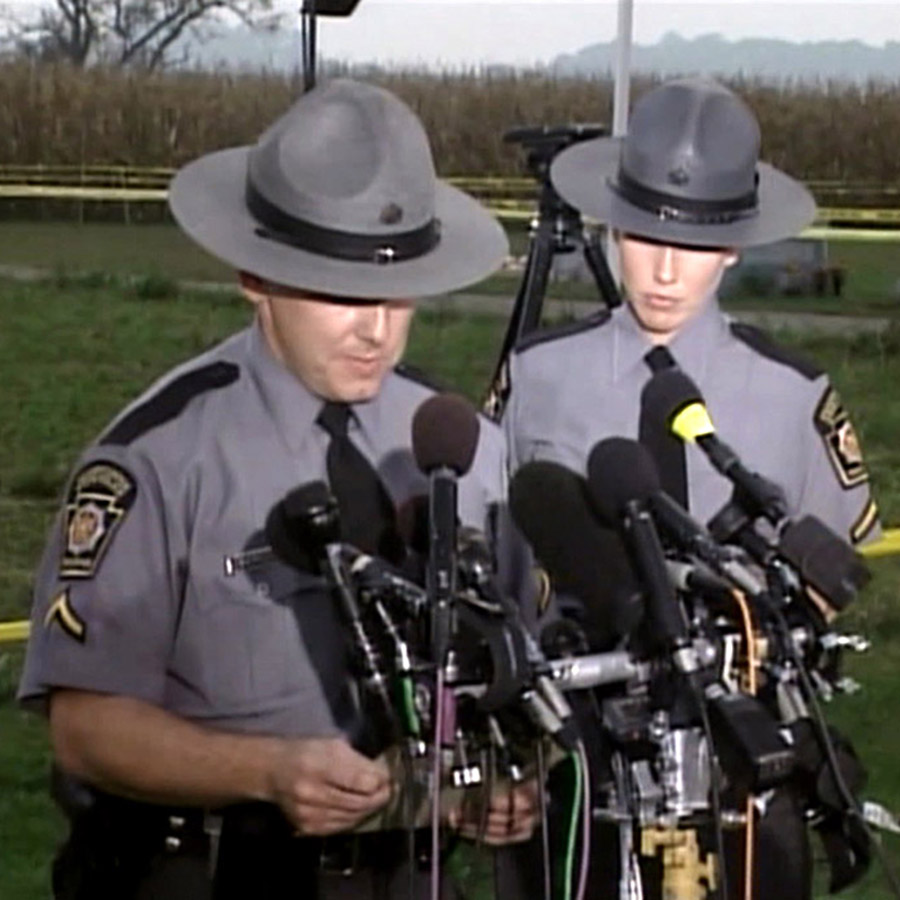
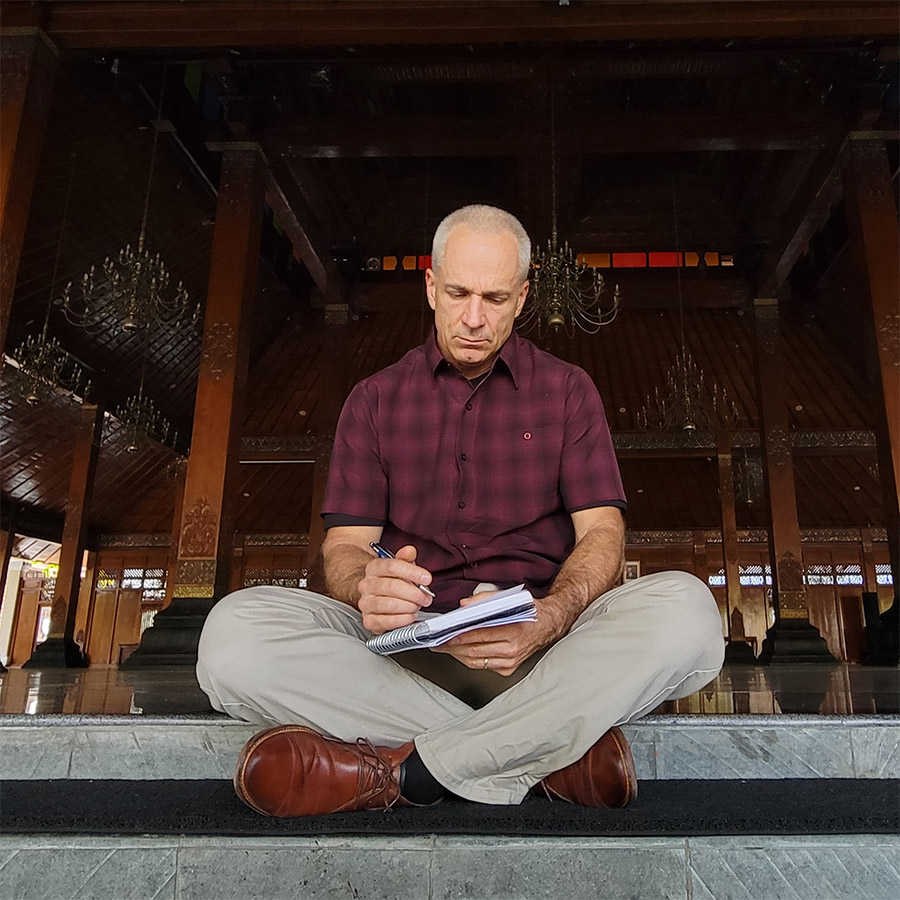
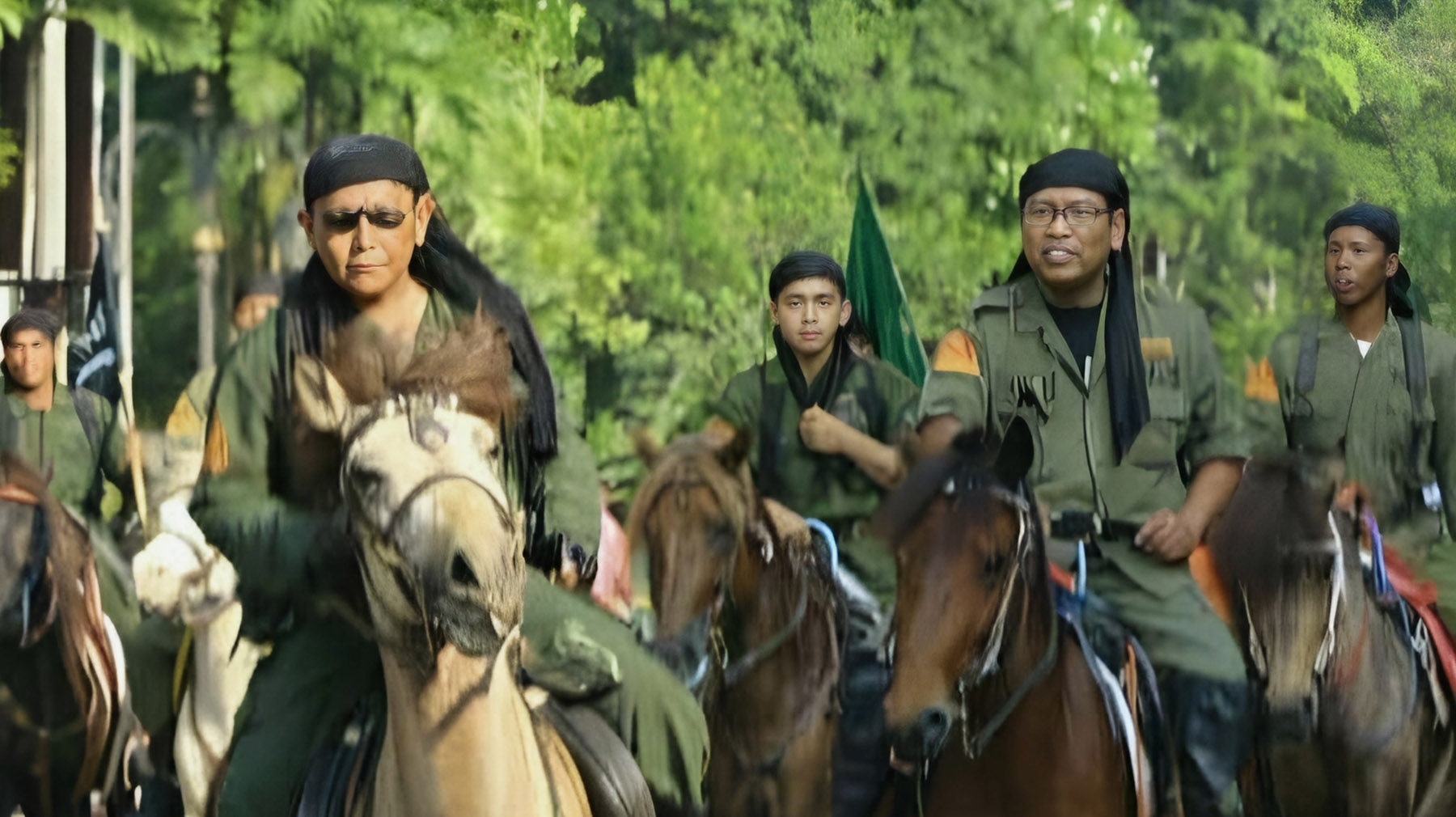
In this documentary I explore three true stories that take me beyond the community where I spent my formative years:
- The Amish school shooting in Nickel Mines, Pennsylvania
- The murder of Senegalese Muslim migrants in Harlem, New York
- Muslim-Christian conflict in Solo, Indonesia
In each case, the communities responded to horrific acts of violence with forgiveness and actions that broke cycles of violence. My mission was to learn from their experience.
My quest revealed nonviolent and community peacebuilding practices that offered unexpected alternatives to violence.
Top left: Police press conference reporting on the 2006 Nickel Mines Amish school house murders
Top right: Host, Jonathan Bornman
Bottom: Members of the Indonesian Hizbullah
Core questions in my quest
Can nonviolence work in the larger social context?
What roles do shared community values and beliefs play in practicing nonviolence?
What does it take to create a viable and sustainable culture of nonviolence?
Can nonviolence work in the larger social context?
Nickel Mines Amish story
On October 2, 2006, Charlie Roberts entered the one-room Amish schoolhouse. He barricaded himself in and shot ten girls before taking his own life. Five girls survived and five didn't.
The story attracted press coverage nationally and internationally. The Amish community forgave Charlie later the same day. This unique and unanticipated act moved the focus from murder to forgiveness.
I began my quest by exploring this story because the Amish are a part of my faith family. We share the same 500-year pacifist tradition. Their radical commitment to ask God to "forgive us, as we forgive others" challenged me. Could I have done the same? I wondered.
Interviewing those impacted by this event was both a powerful and an eye-opening experience for me.
Top: Families gathered on the farm next to the school
Middle: Amish schoolhouse, site of the shooting
Bottom: Jonas Stoltzfus, uncle of two girls who were shot, shares about his experience with forgiveness
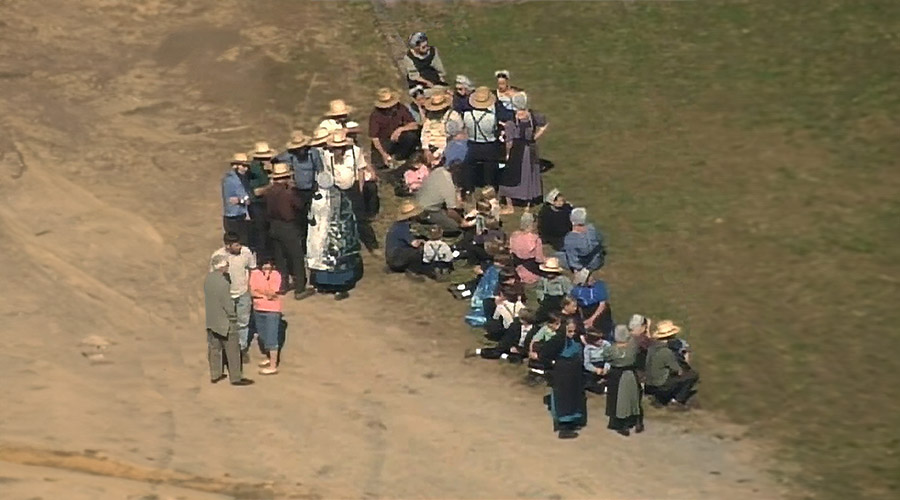
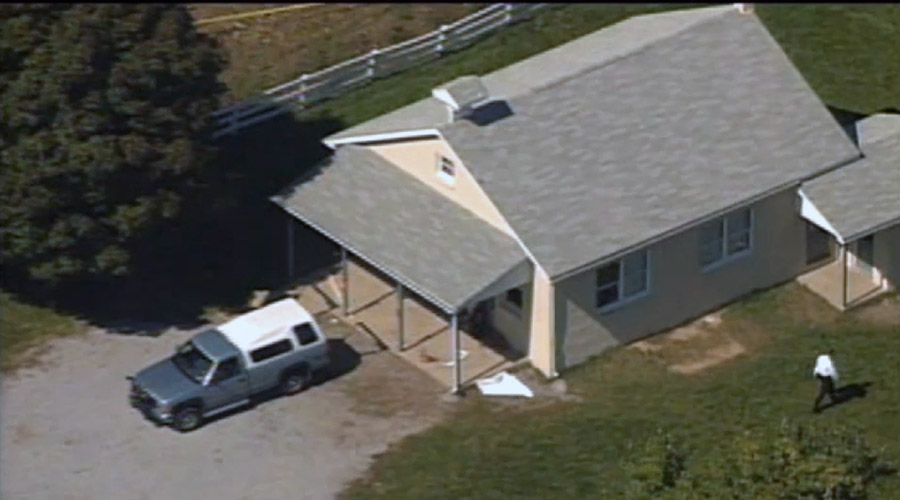
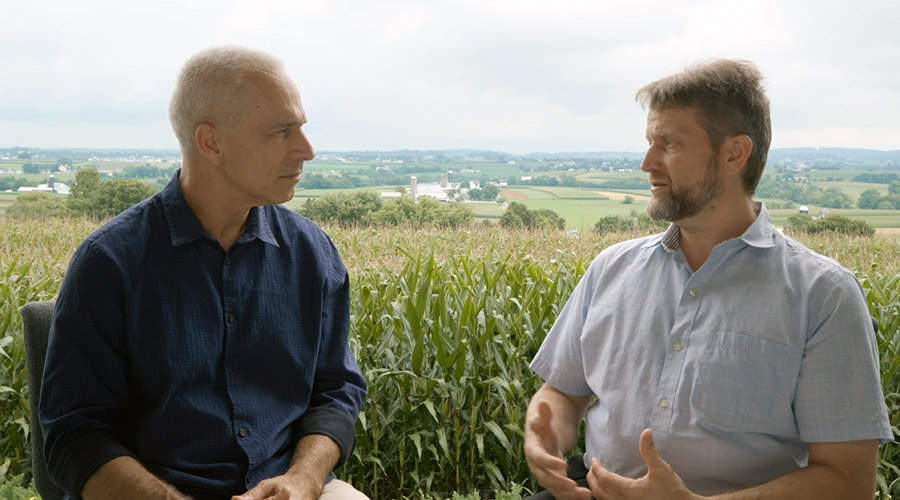
What roles do shared community values and beliefs play in practicing nonviolence?
Murid Muslims and nonviolence
I first met Murid Muslims during the ten years my family and I lived in Senegal. During my four years of PhD research and fieldwork among the Murid community in Harlem, New York, I discovered their practice of nonviolence was similar to my own. The Murid community follows the way of peace modeled by their leader, Shaykh Amadu Bamba, something they pass on from generation to generation.
Murids first came to Harlem as migrants, seeking a better life. In the late 80s, many found work as taxi drivers in what was then a dangerous section of the city. More than 40 drivers were murdered, yet their community did not respond with violence.
Their strong commitment to community well-being was a contributing factor in the transformation of Harlem.
Top: Jonathan and Aisatou Ndao, one of the earliest Senegalese women to migrate to Harlem
Middle: Students studying the Qur'an
Bottom: Jonathan with students Mouhamed and Fatou
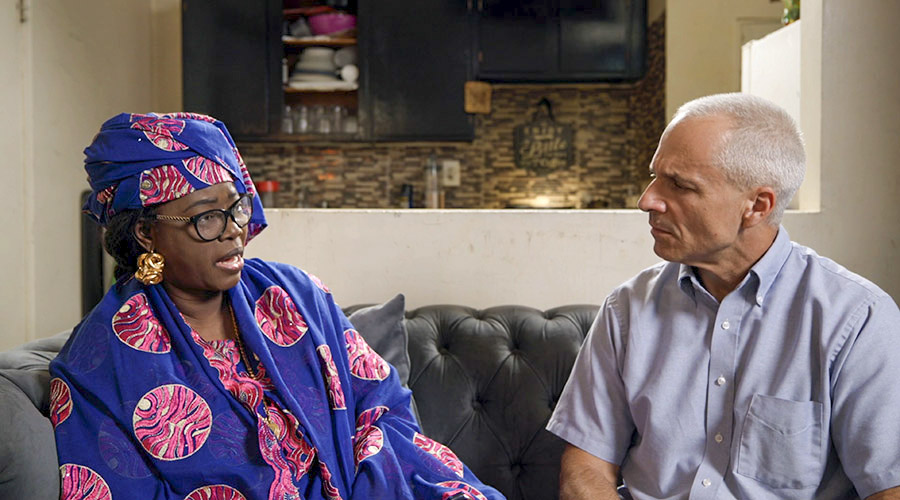
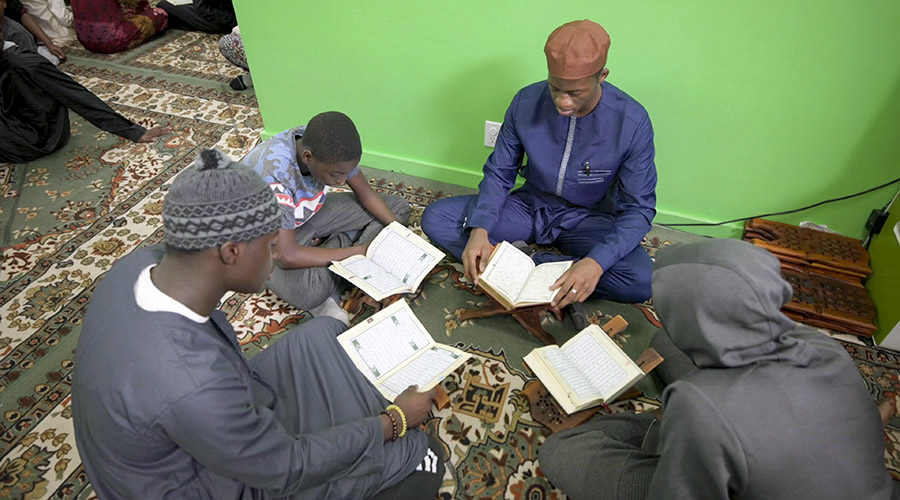
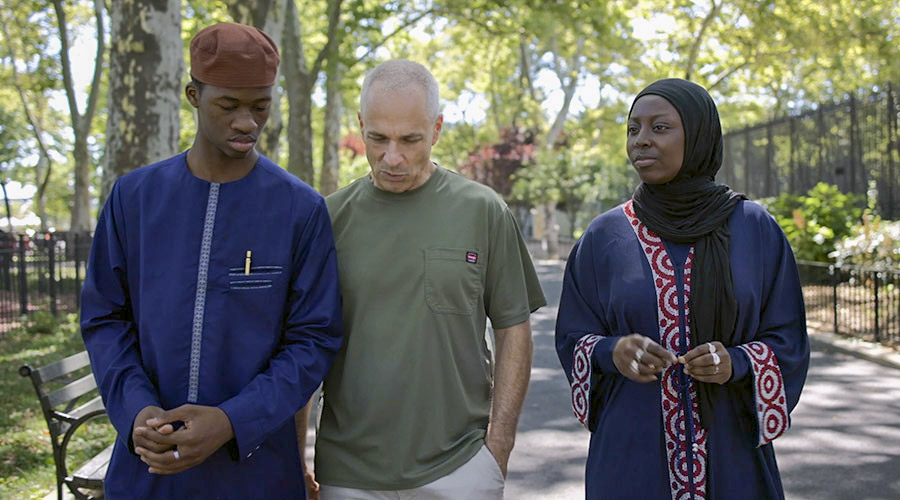
What does it take to create a viable and sustainable culture of nonviolence?
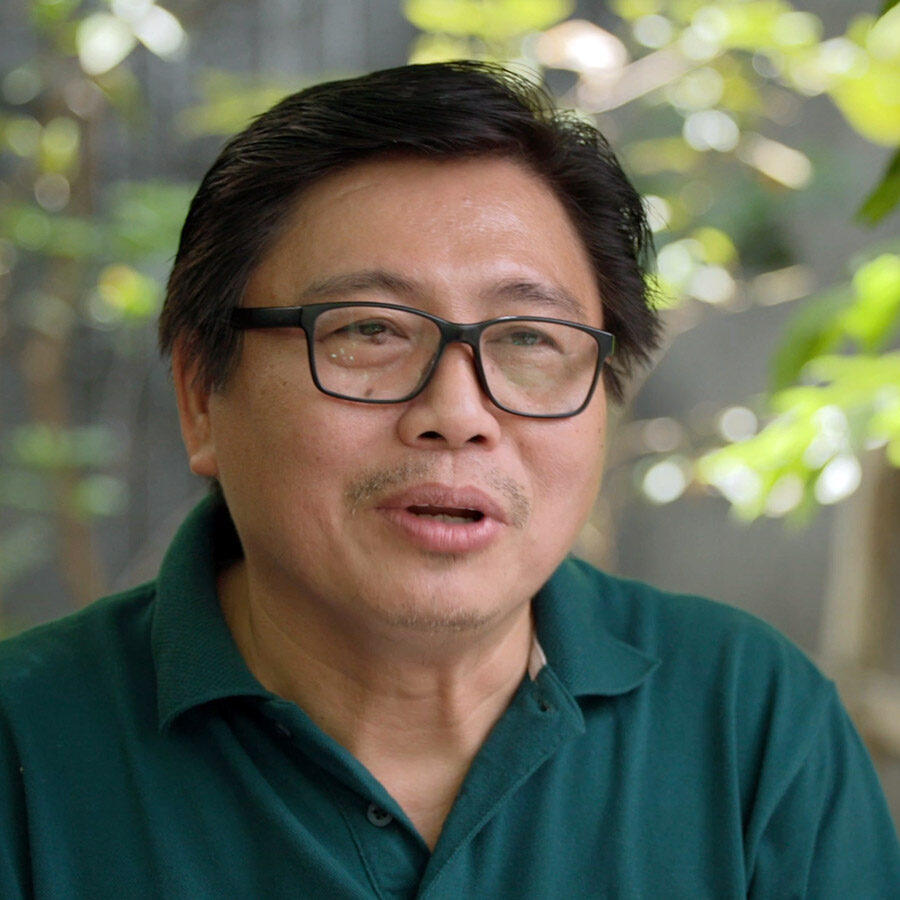
Pastor Paulus Hartono
The pastor's and the commander's story
More than 15 years ago, I heard the story of a Christian pastor and Muslim militia commander in Indonesia who had become friends in the most unlikely of circumstances. My curiosity about their story got me started on this quest.
Is nonviolence possible in a community with open aggression and without shared commitments to peacemaking? Is it possible to build a culture of peace in the midst of violence?
Paulus's effort to meet his "enemy" took courage. Yanni, with every reason not to trust Paulus, risked meeting with him.
Exploring their back stories helped me to see the steps they took as they contributed to transforming their city and building a culture of nonviolence.
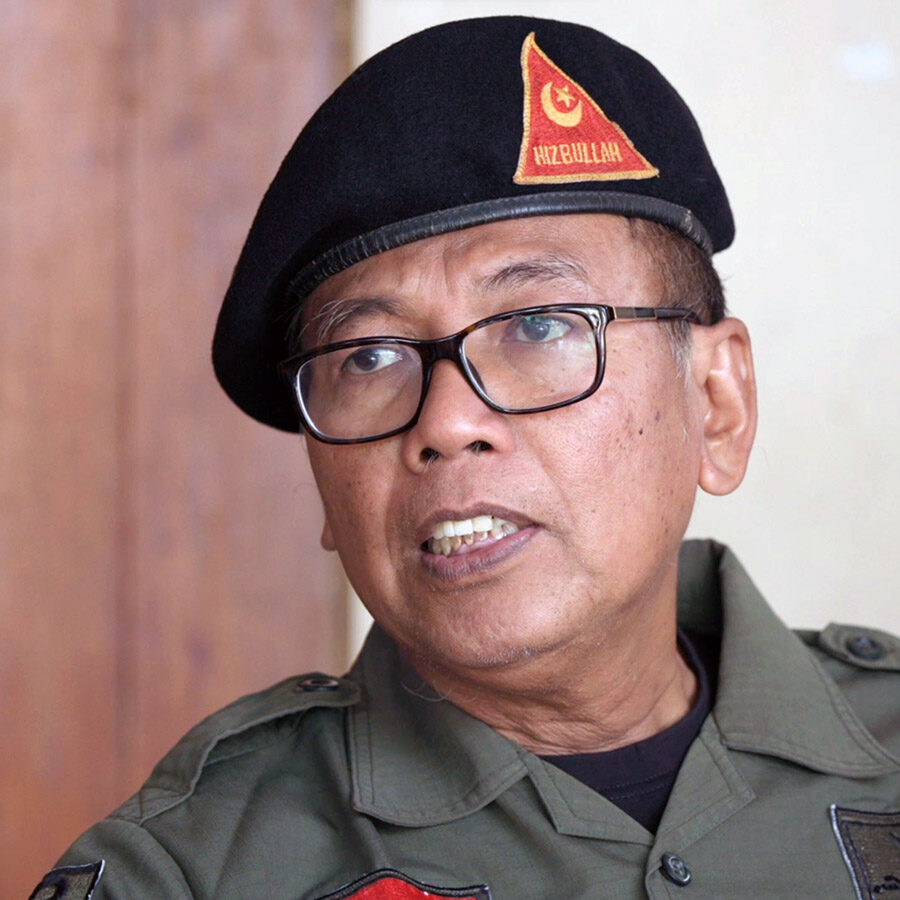
Commander Yanni Rusmanto
